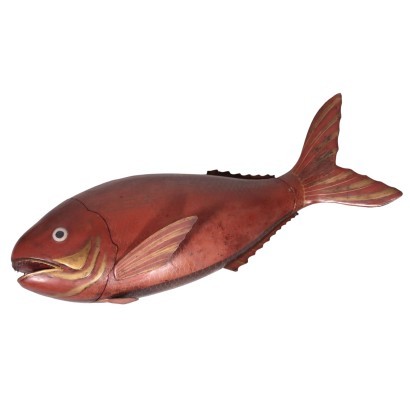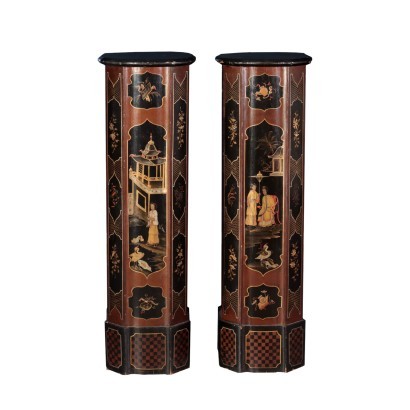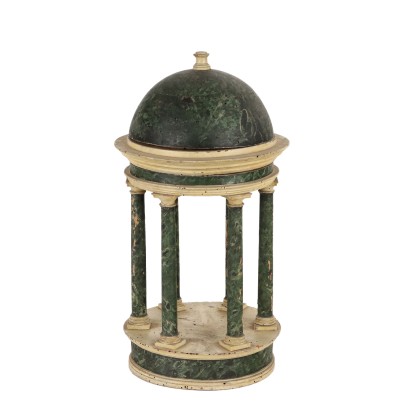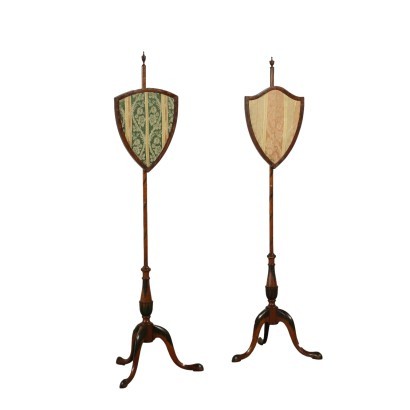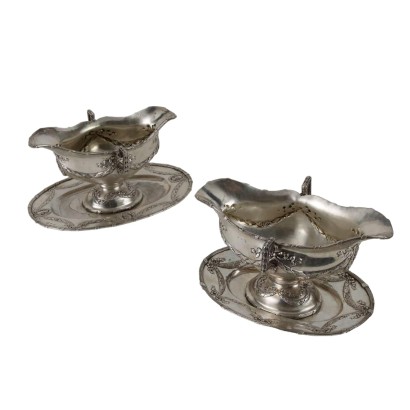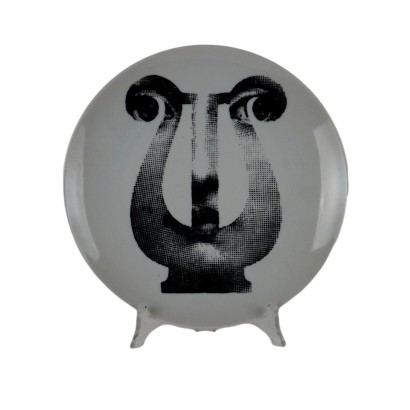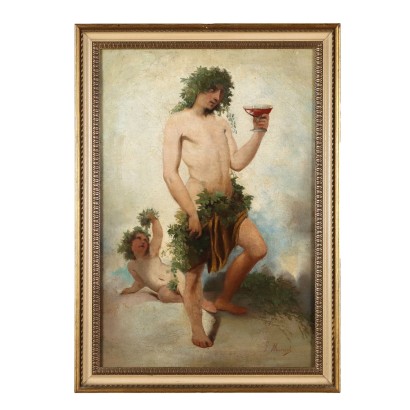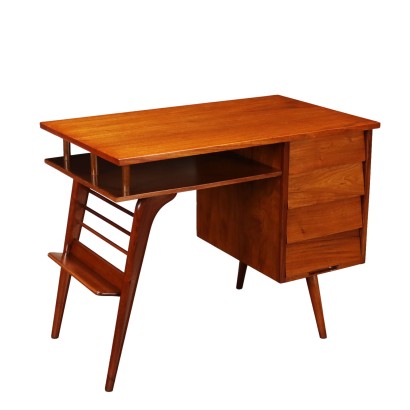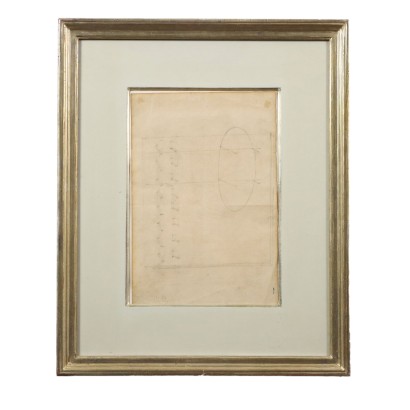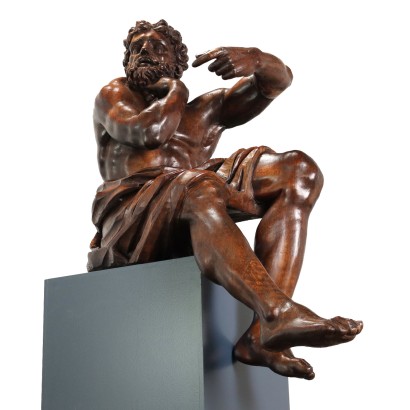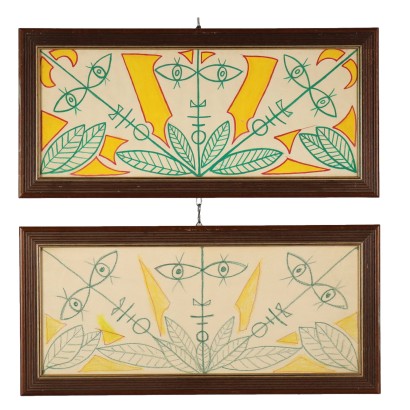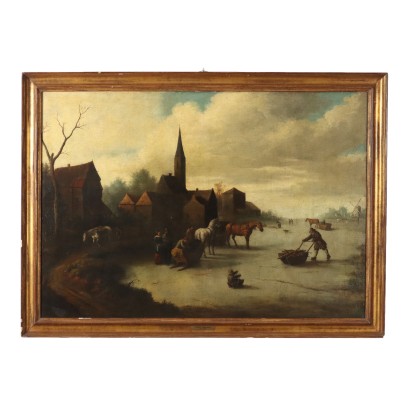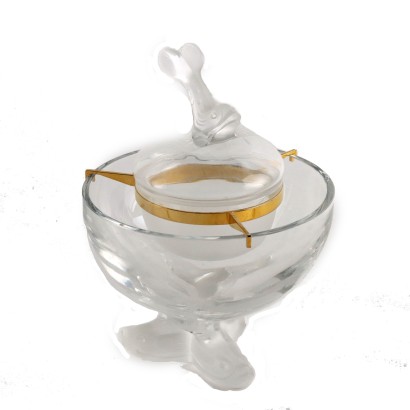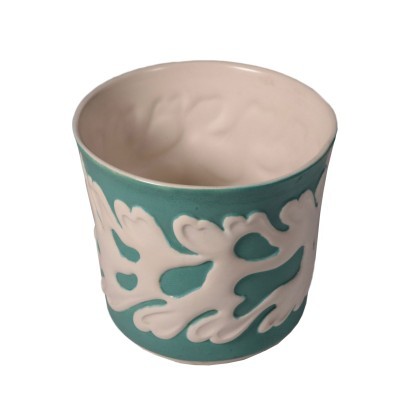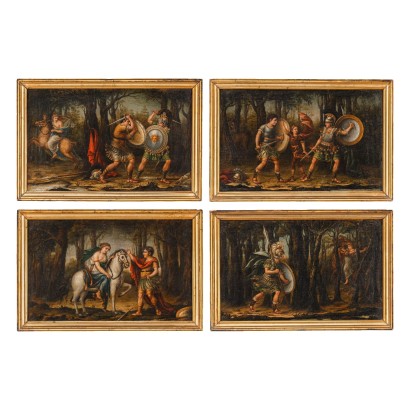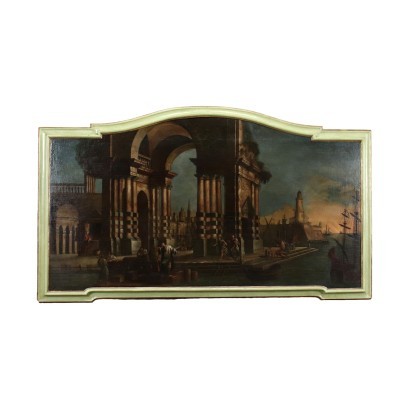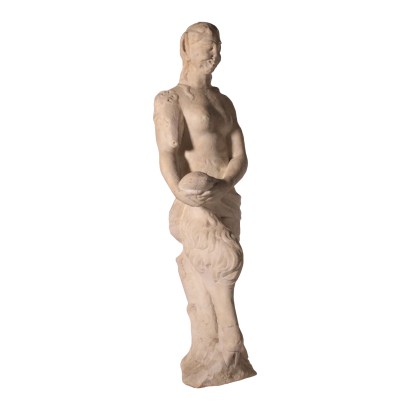Sort by
- Areas
-
New Arrivals
- See all
- Ancient Art
- Applique
- Other furniture
- Sofas
- Console
- Vintage Clothing
- Contemporary Art
- Garden Furniture
- Candlesticks
- Corner Cabinets
- Benches
- Desks
- Vintage Accessories
- Wall Lamp
- Cabinets
- Armchairs
- Desks
- Vintage Handbags
- 900s
- Service Carts
- Ceiling Lamp
- Complete Furnishings
- Chairs
- Tables
- Vintage Hats
- 800's
- Electronic
- Table Lamp
- Opening Tables
- Vintage Scarves
- Ancient Painting
- Irons
- Floor Lamp
- Buffet
- Coffee Tables
- Vintage Shoes
- Beds and Headboards
- Drawers and Chest of Drawers
- Stones and Statues
- Bedside tables
- Cupboards
- TV and Magazine Stands
- Libraries and Showcases
- The flaps and Secretaire
- Mirrors and Frames
- Sideboard
- Carpets
- Furniture
- Tables
- Seating
- Lighting
- Furnishing
- Accessories/Items
- Arts
- Clothing
- Selected
-
My account
-
Sign in
New customer? Start here
-
Sign in
-
Cart
-
The cart is empty
-
-
The cart is empty
- en
- Areas
-
New Arrivals
- Ancient Art
- Applique
- Other furniture
- Sofas
- Console
- Vintage Clothing
- Contemporary Art
- Garden Furniture
- Candlesticks
- Corner Cabinets
- Benches
- Desks
- Vintage Accessories
- Wall Lamp
- Cabinets
- Armchairs
- Desks
- Vintage Handbags
- 900s
- Service Carts
- Ceiling Lamp
- Complete Furnishings
- Chairs
- Tables
- Vintage Hats
- 800's
- Electronic
- Table Lamp
- Opening Tables
- Vintage Scarves
- Furniture
- Tables
- Seating
- Lighting
- Furnishing
- Accessories/Items
- Arts
- Clothing
- Selected

